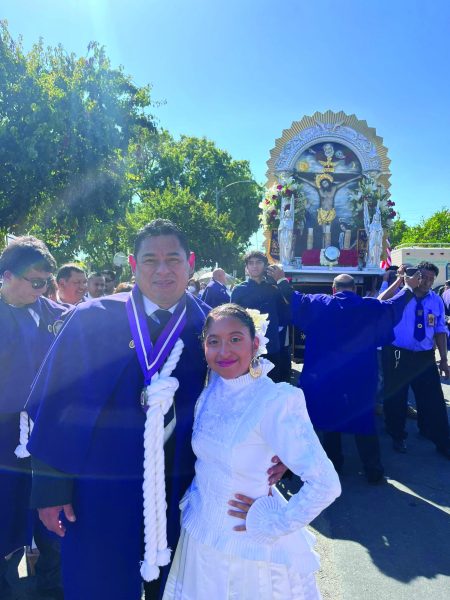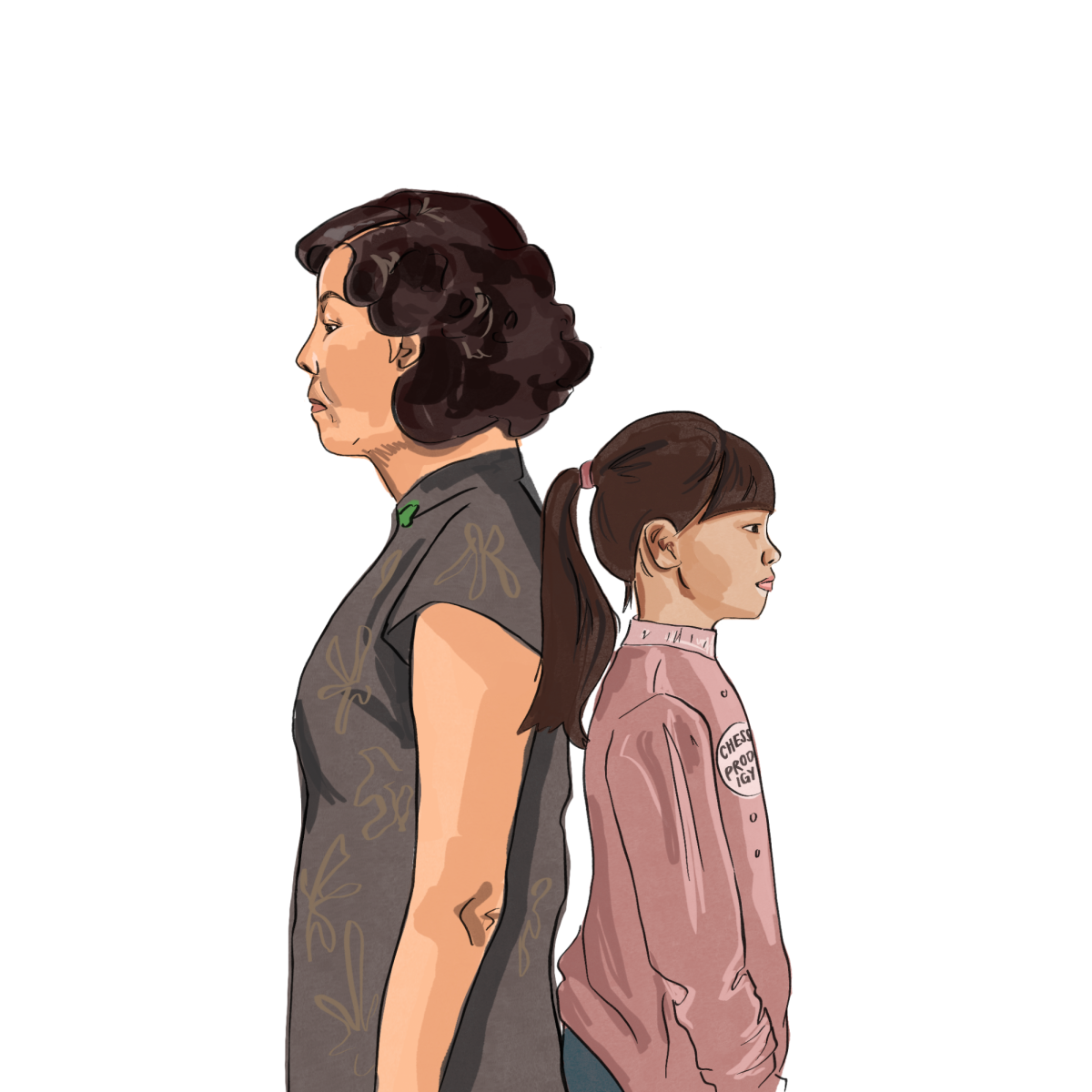Mexican American senior Sergio Ceniceros grew up listening to fables and sayings from older relatives. “They’re like metaphors,” he said. “The things that my mom and dad grew up hearing get handed down from generation to generation. It connects you with your parents.”
Latin American and Hispanic culture has long shaped the U.S. In 1968, President Lyndon B. Johnson — spurred by Mexican American Rep. Edward Roybal — established Hispanic Heritage Week to recognize Hispanic history and contributions, and in 1988, the week was extended to a monthlong celebration from Sept. 15 to Oct. 15.
Although this recognition marked a step forward in acknowledging the diversity of the U.S., some, such as sophomore Megumi Estrada Nakamatsu, have pointed out that the blanket term “Hispanic” groups all Spanish-speaking people together, despite their cultural and geographical differences. Estrada Nakamatsu, who is Peruvian and Japanese American, feels that Mexican culture is more prevalent than South and Central American culture at Gunn. “I feel like while Mexican culture is represented, I can see that it’s not enough when it comes to South American and Central American countries’,” she said.
Countries of origin matter, especially when it comes to shared experiences, according to Spanish teacher Teresa Niño-Oliva. While she bonds with other Latin Americans through a shared language — Spanish — she feels closer to her Chilean friends because of their shared experiences. “I did not grow up here, so there are so many things that happened in my childhood that some here don’t understand,” she said. “(But) I can find that (connection) with my (Chilean) friends.”
Nevertheless, a significant characteristic of most Hispanic and Latin American cultures is the close-knit community among family and friends. A distinct part of Estrada Nakamatsu’s childhood was celebrating Señor de los Milagros with her loved ones. The Peruvian Christian celebration features a parade with a sacred image of the Purple Christ, in which purple represents devotion and royalty. “For the whole month of October, everyone wears purple,” she said. “Ever since I was born, I would dance for the celebration.”
Similarly, the stories Ceniceros’ parents told him about their childhoods in Mexico demonstrated the community’s closeness. On one occasion, his mother told him about a neighbor’s child who died in a car crash. “(Every family) started helping financially for the funeral,” he said. “Everybody who was their neighbor came in and helped them with what they could.”
Hispanic and Latino Americans only make up 12.3% of Gunn students, according to the 2022-23 Gunn School Profile. As a result, Hispanic or Latino American students can feel alienated. Both Mexican American senior Andrea Esparza
and Estrada Nakamatsu have sometimes felt isolated because of their cultural backgrounds. “When I was younger, I was very embarrassed in my own culture because I was the only Peruvian in (my) whole school,” Estrada Nakamatsu said.
“Sometimes, American culture can badly influence you because of how judgmental people can be, (and) it can make you feel very much like an outsider.”
Stereotyping only worsens this issue. Estrada Nakamatsu has heard people use offensive slang terms to describe Hispanic people. “We’re called ‘ratchet,’ or ‘ghetto,’ since in our culture, we’re super loud, (and) we’re super honest and blunt,” she said. “The term ‘ratchet’ for us is hurtful because we’re raised to be blunt and very loud — that’s how we show our care for each other.”
This stereotyping and discrimination have disheartened Esparza. “It saddens me that people are discriminating and (have) a bunch of stereotypes on Hispanics when they’re only here to make a better life, get a good education and try to move forward in life,” she said.
Despite these prejudices, Esparza is proud of her culture, where she is embraced with open arms. “What I love about the community is seeing how much we love our culture and that we’re not ashamed of expressing it,” she said.
























